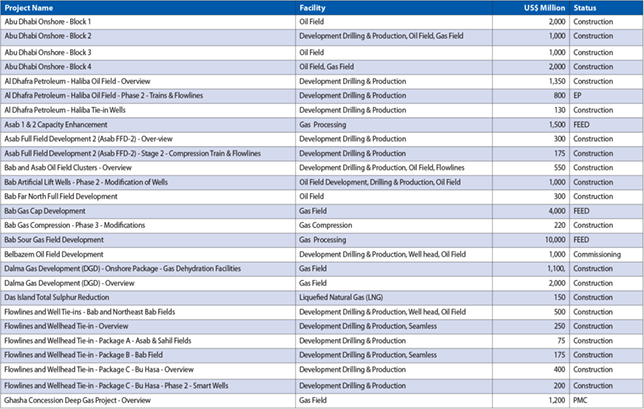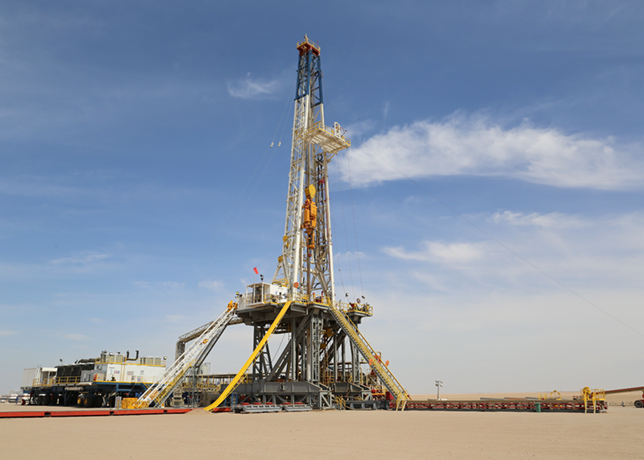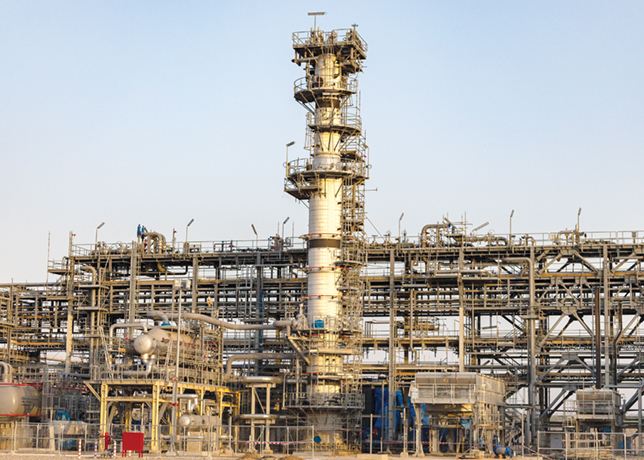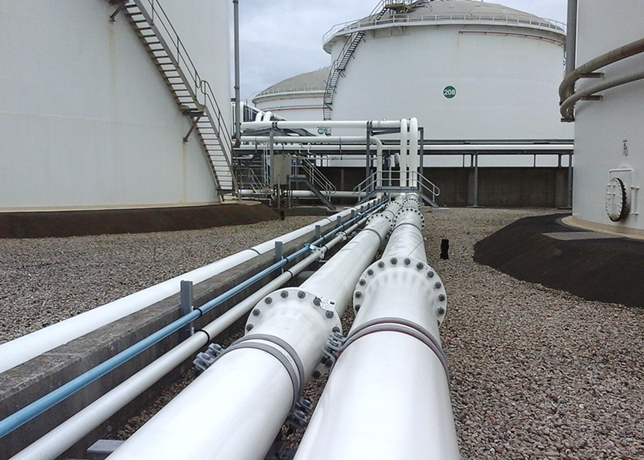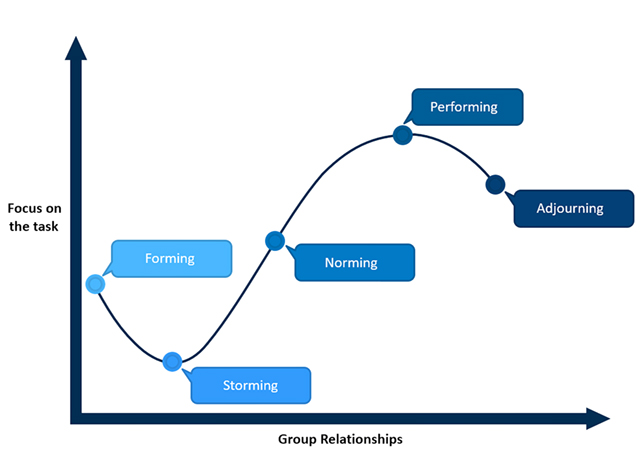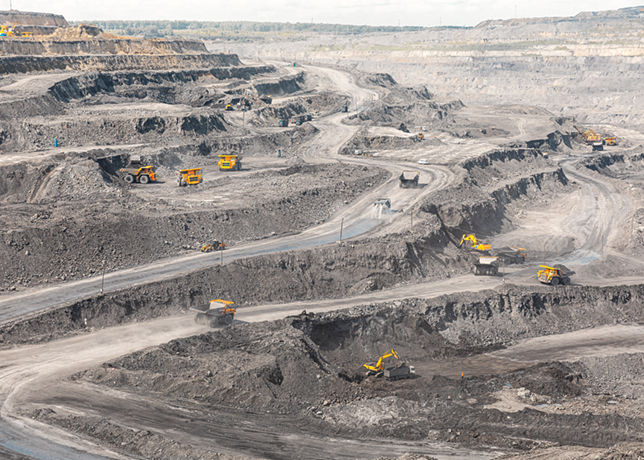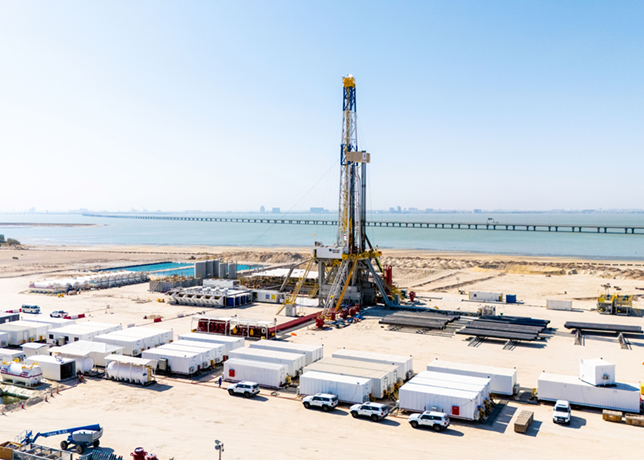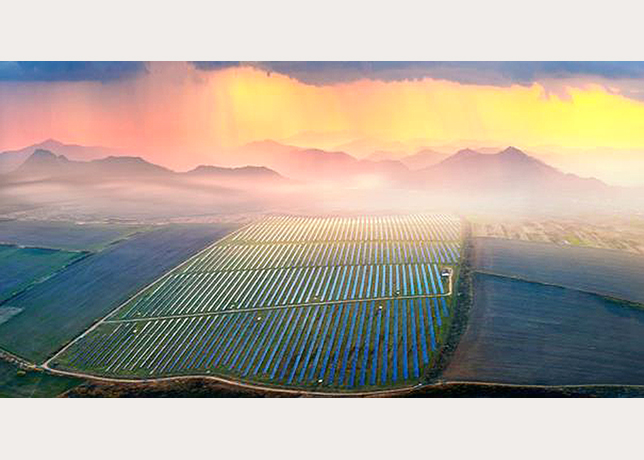
Stabilising employment is the top priority for China, a minister said on Thursday as he revealed a rise in jobless workers triggered by a weakened export sector amid a series of strikes and protests.
Unemployment rose in October as the impact of the global financial crisis hit China's production heartland. The ranks of jobless are expected to rise further in 2009, Minister of Human Resources and Social Security Yin Weimin said.
"Stabilising employment is the top priority for us right now," Yin said.
After decades of solid economic growth, China is battling an unknown as falling demand for its products triggers factory closures, sparks protests and raises fears of popular unrest.
Faltering economic conditions have raised the spectre of growth falling below 8 percent, which the government regards as a benchmark to create enough jobs to sop up excess labour and guarantee social stability.
The number of newly jobless reached 10.2 million in the first 10 months of 2008, exceeding China's projection for the entire year by 2 percent, Yin told reporters.
"This is something we are concerned about. The unemployment situation is basically stable this year. But starting in October, unemployment in China has begun to show the impact of changes in the international economic situation," he said.
"...The global economic crisis is picking up speed and spreading from developed to developing countries and the effects are becoming more and more pronounced here. Our economy is facing a serious challenge."
Workers in southern and coastal China have gathered at shuttered factory gates in the last month, seeking back wages, while local governments vow to pursue bosses who have fled.
Yin said the government would try to nip potential unrest in the bud by striving to solve half such disputes at the grassroots before they got out of control, and set up a fast-track system to deal with them.
China's official urban unemployment rate was still about 4 percent, but could tick up to 4.5 percent by the end of the year, and rise further next year, Yin said.
"In the first quarter of next year the situation will become yet more difficult. But there will be a turnaround from the second quarter," he added.
The official figures fail to capture many of the hundreds of millions of Chinese who have left villages and sought work in the cities over the past three decades.
"It is migrant workers who are affected most severely. Many of them either return to their home towns or stay in cities looking for other opportunities, but they are not included in our statistics," Yin said.
About 4.5 million jobless workers had been rehired, short of the government's goal of 5 million re-hires, Yin said.
Those having difficulty finding new jobs numbered 1.29 million, exceeding the government's expectations that 1 million would have problems doing so. - Reuters



